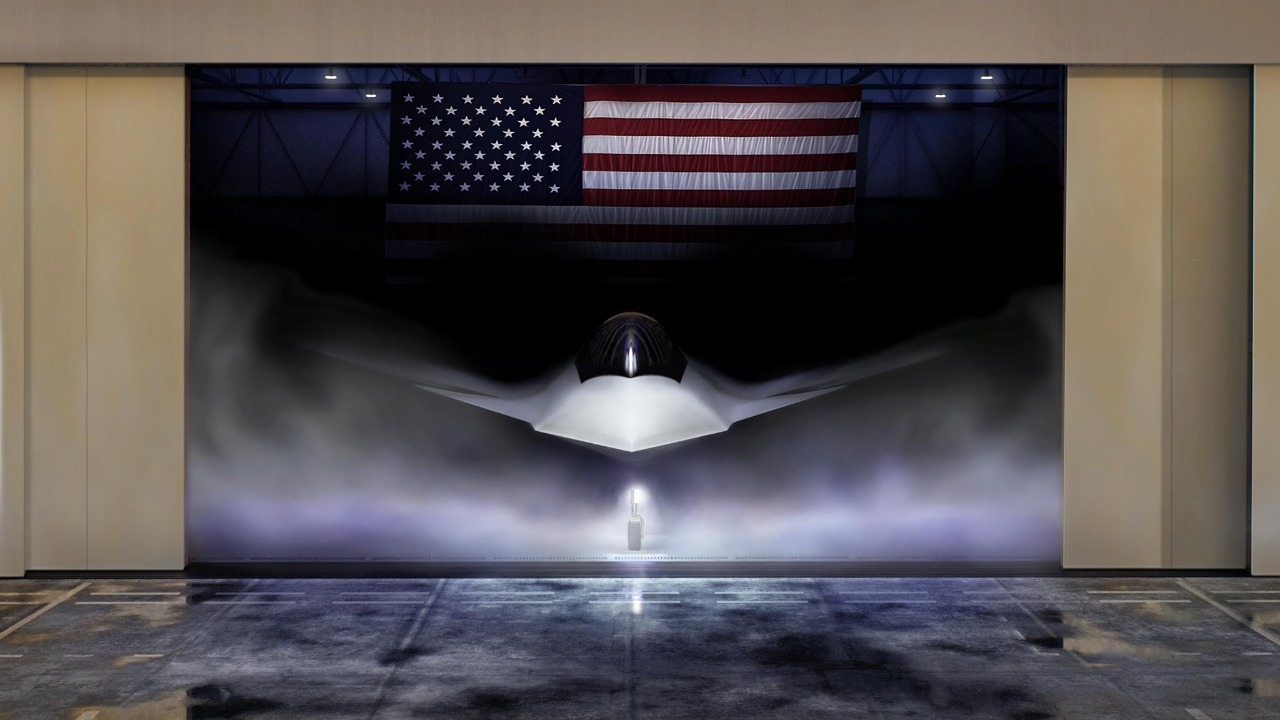
US Navy fighter jets, deployed from aircraft carriers, have been actively involved in operations in the Red Sea as of April 28, 2025, underscoring the strategic importance of carrier-based aviation in modern conflicts. The Department of Defense’s 2026 budget request, announced on June 27, 2025, allocates resources for next-generation programs including the Air Force F-47 and Navy F/A-XX, which will influence future fighter jet capacities on carriers. Meanwhile, comparisons with international carriers, such as those in the Chinese Navy, highlight variations in fighter jet holdings that shape global naval power dynamics.
Overview of US Aircraft Carrier Classes
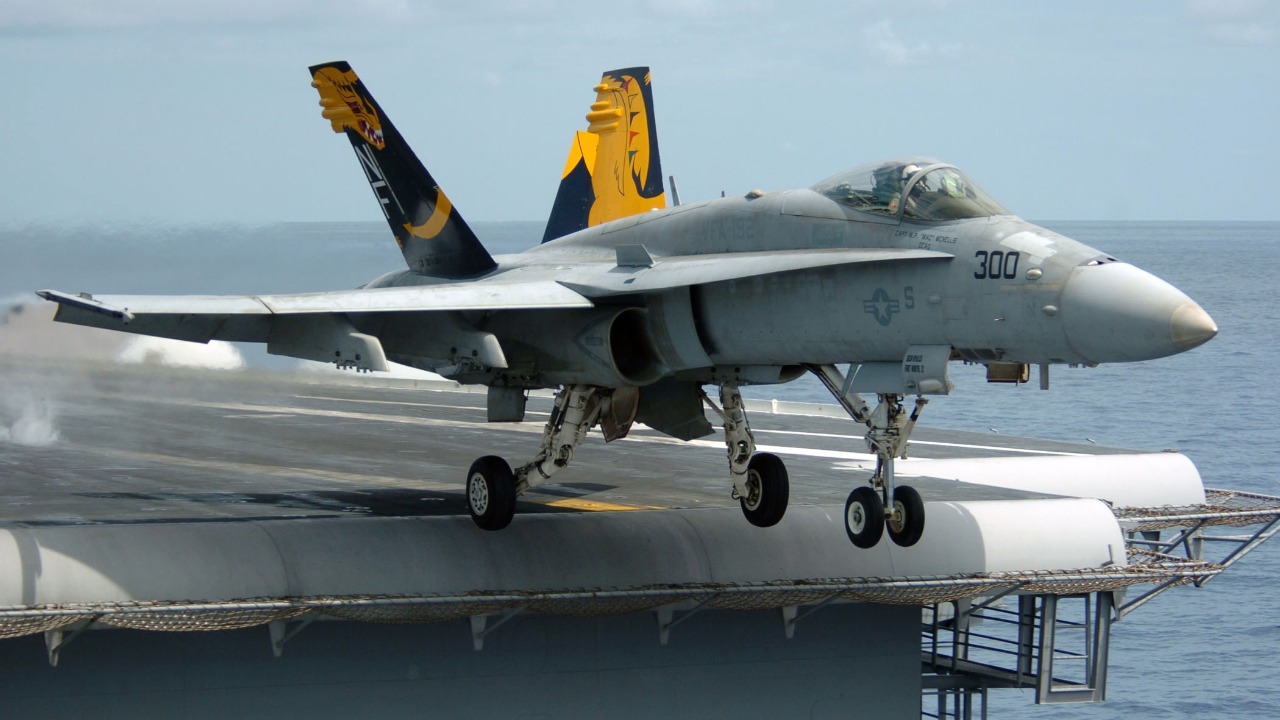
The Nimitz-class carriers, a mainstay of the US Navy, are designed with features that support fighter jet operations, including expansive deck space and hangar configurations. These carriers can typically accommodate a mix of 44-48 fixed-wing aircraft, primarily composed of F/A-18 Super Hornets, alongside other aircraft types such as EA-18G Growlers and E-2D Hawkeyes (WION).
Transitioning to Ford-class carriers, these vessels bring significant improvements, particularly in electromagnetic aircraft launch systems. This technology enables higher sortie rates for fighter jets, enhancing their operational efficiency. The Ford-class carriers also have a larger flight deck and advanced weapons elevators, which contribute to an increased aircraft capacity compared to their Nimitz-class counterparts.
Fighter Jet Capacity on Nimitz-Class Carriers
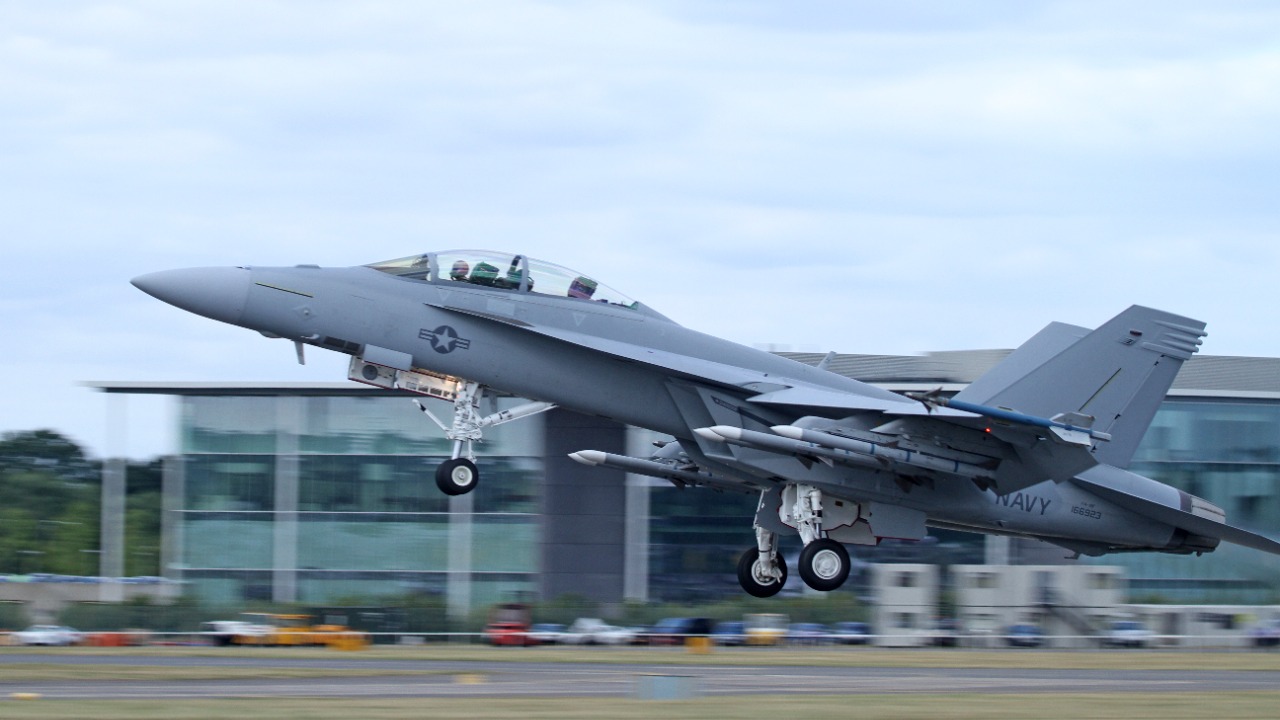
The standard air wing composition for Nimitz-class ships typically includes a significant number of F/A-18 Super Hornets. However, the exact number of fighter jets embarked can vary based on mission requirements and maintenance cycles. For instance, during recent deployments in the Red Sea, the number of fighter jets was adjusted to meet operational demands (USA Today).
During surge operations, Nimitz-class carriers can hold a larger number of fighter jets, utilizing both hangar and deck space for storage. This flexibility allows the US Navy to adapt to changing mission requirements and maintain a strong presence in various operational theaters.
Advancements in Ford-Class Carrier Capacity
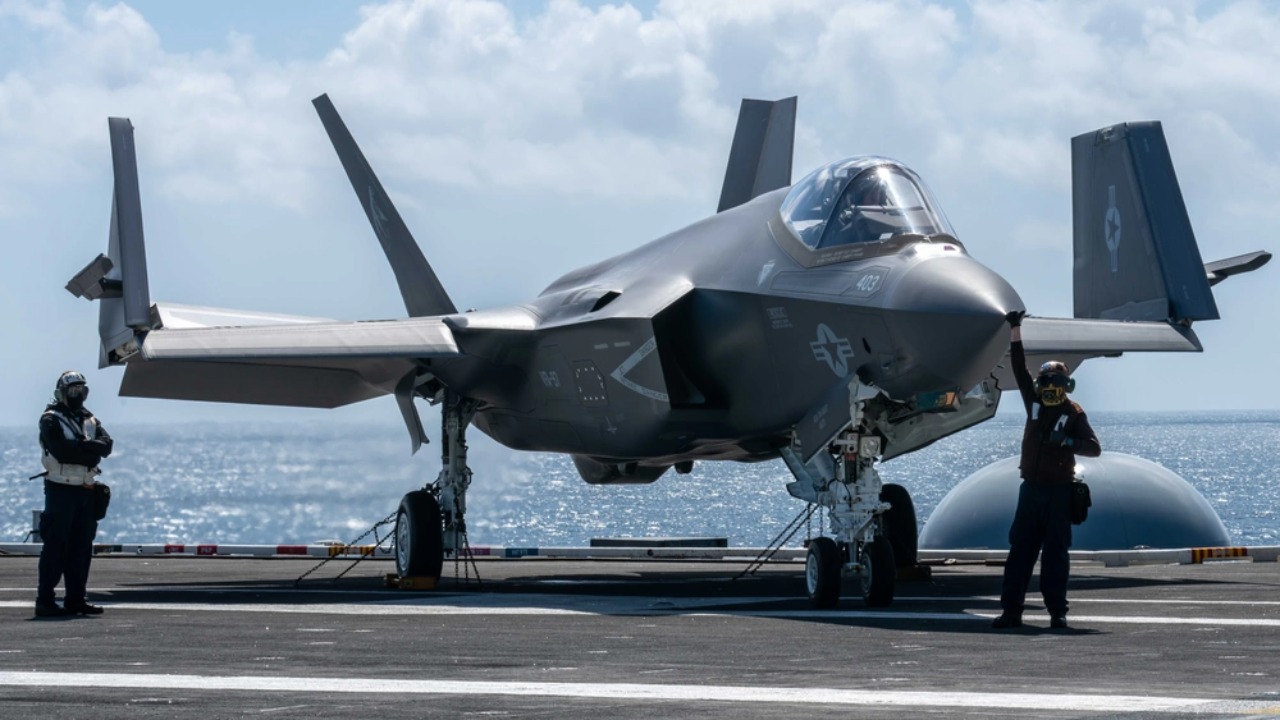
Ford-class carriers feature enhanced hangar and deck space, allowing for increased fighter jet storage compared to Nimitz-class carriers. This increased capacity is particularly beneficial when integrating stealth fighters like the F-35C, whose size and design requirements differ from traditional fighter jets (WION).
Operational testing data on Ford-class carriers demonstrate improved efficiency in fighter jet launch and recovery. This efficiency supports higher sustained numbers of fighter jets, further enhancing the operational capabilities of these advanced carriers.
Operational Factors Affecting Fighter Jet Numbers
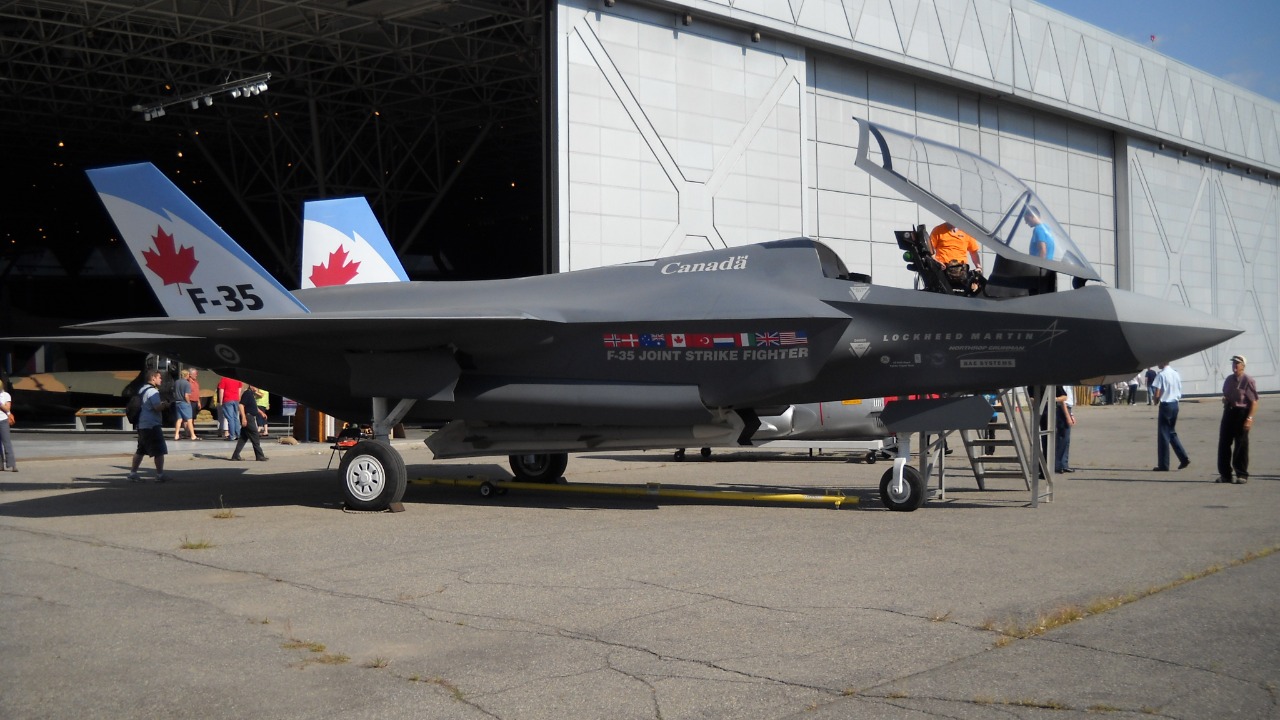
Deployment scenarios can significantly influence fighter jet counts on aircraft carriers. For example, during the operations in the Red Sea on April 28, 2025, the number of fighter jets was adjusted to ensure optimal combat readiness (USA Today).
Logistical constraints such as fuel, munitions, and crew support also cap effective fighter jet utilization. Furthermore, weather conditions and threat levels in specific regions can influence the mix and total number of embarked fighters, requiring careful planning and strategic decision-making.
International Comparisons: US vs. Chinese Carriers
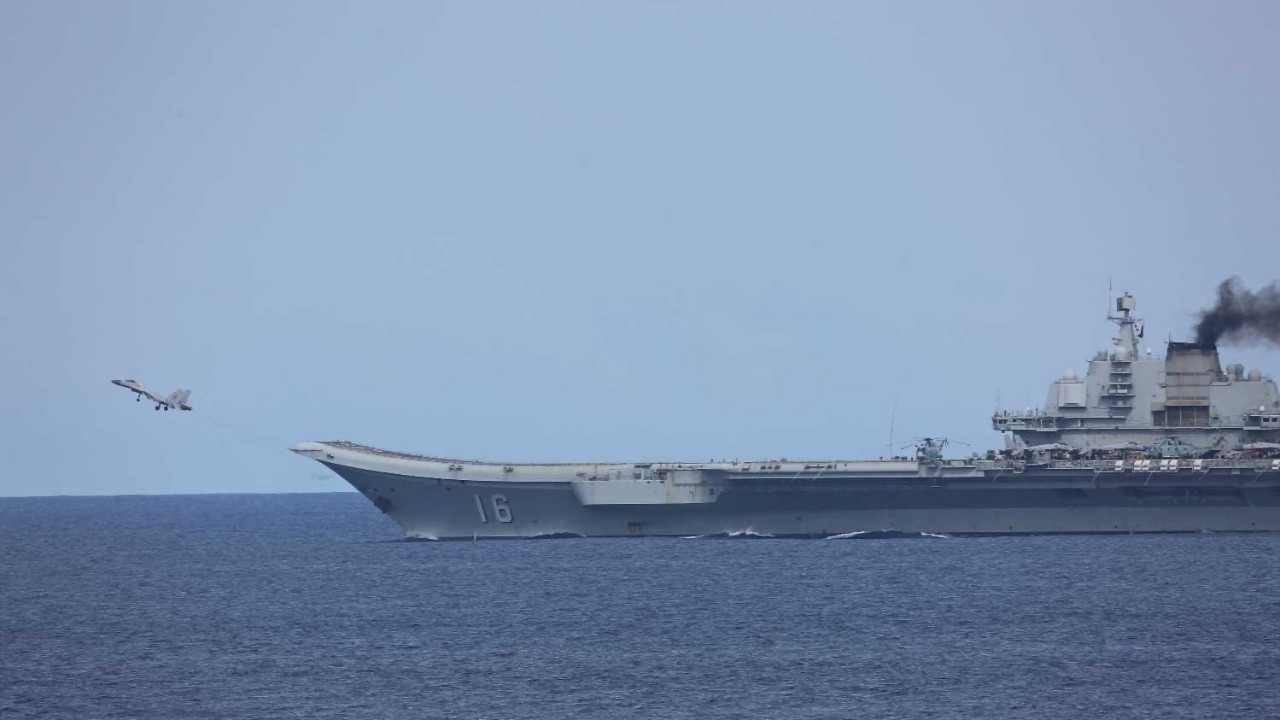
Chinese Navy carriers, such as the Liaoning and Shandong, have different design features compared to US carriers. Notably, they use ski-jump designs for launching aircraft, as opposed to the catapult systems used by the US Navy. This design difference impacts the number and type of aircraft that can be deployed (Simple Flying).
The primary fighter jet on Chinese carriers is the J-15. However, the number of these aircraft and their sortie generation rates are generally lower than the F/A-18s on US carriers. These differences in fighter jet capacities have significant implications for global naval strategy, with US carriers maintaining an edge in fighter jet volume.
Future Developments and Budget Impacts
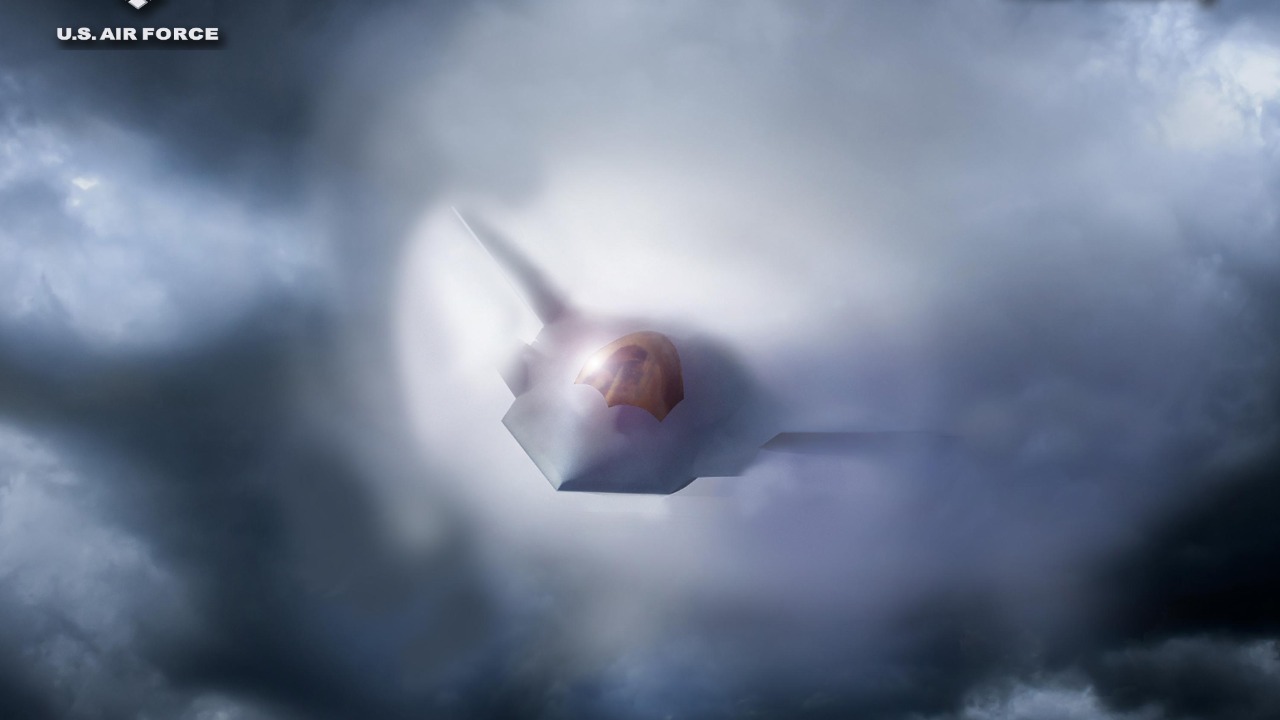
The DOD’s 2026 budget request includes provisions for the Navy F/A-XX program, aimed at modernizing carrier-based fighters. This development could significantly influence future fighter jet capacities on US carriers (Defense Scoop).
Additionally, the integration of the Air Force F-47 into joint operations could potentially affect carrier air wing compositions. As technological upgrades continue to be implemented in upcoming carriers and aircraft, we can expect to see an evolution in fighter jet capacities, further enhancing the operational capabilities of the US Navy.